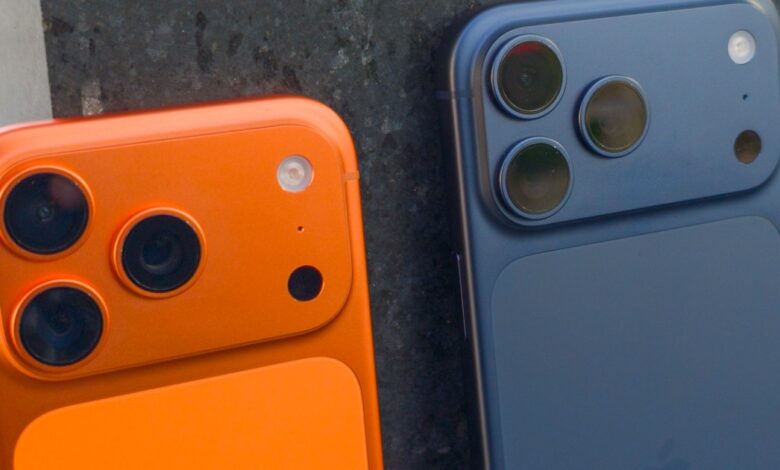Get Ready for a Simpler Camera Button on Your Next iPhone

Apple's Upcoming Changes to the iPhone Camera button
Apple is reportedly planning to streamline its Camera Control button, starting with the iPhone 18 and completing the transition by the time the iPhone 20 arrives.This shift aims to enhance user experience while reducing production costs.
Simplifying Sensor Technology
The latest information from Weibo leaker Instant Digital suggests that Apple will eliminate one of the sensing layers in the iPhone 18. Instead of using a capacitive layer,which detects touch through electrical signals,Apple is expected to implement a force sensor that responds to light presses,deeper presses,and swipes.
This change means that current mixed-sensor controls will be replaced by a pressure-only sensor. The goal here is not only to cut down on expenses but also to simplify how users interact with their devices.
Innovative Feedback Mechanisms
The same source indicates that Apple may switch to piezoelectric ceramics for local feedback. This move aligns with Apple's vision of eventually replacing all moving keys on future models like the anticipated 2027 iPhone 20.
Why This Matters
This transition signifies Apple's commitment to enhancing reliability while minimizing complexity in its devices. If these reports hold true, users can expect familiar features from their camera key without needing an expensive touch-sensitive layer underneath it.
A more streamlined design could lead not only to fewer components but also reduce potential repair issues down the line.Users will still enjoy functionalities like light press, deep press, and swipe gestures—all interpreted seamlessly by this new force sensor technology.
Your Daily Interactions Will Change
You might wonder why this matters in your everyday life. The changes impact muscle memory—everything from framing your perfect shot for social media posts or adjusting volume levels during calls relies on these buttons feeling just right in your hand.
The camera button on the iPhone 18 should maintain its familiar gestures; however, they’ll operate without relying on a capacitive layer anymore. Fewer layers typically lead to fewer problems and less frequent visits to repair centers when things go wrong.
A Glimpse into Future Haptic Technology
by 2027, we could see precise haptic zones making each button feel unique yet consistent across different functions—a significant upgrade for user interaction with smartphones as we know them today!
What’s next for Apple?
The initial rollout of these changes may be subtle at first before introducing more noticeable differences later on. Keep an eye out for updates regarding how Apple fine-tunes its camera interface so that actions like light pressing or sliding feel intentional and responsive.
If integrated alongside advanced AI capabilities within devices, varying pressure levels could even serve as shortcuts for different modes or exposure settings—making photography easier than ever!
And don't forget! NoveByte might earn a little pocket change when you click on our links, helping us keep this delightful journalism rollercoaster free for all! These links don’t sway our editorial judgment so you can trust us. If you’re feeling generous support us here!





